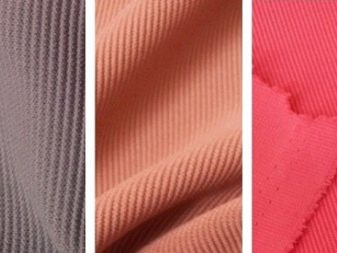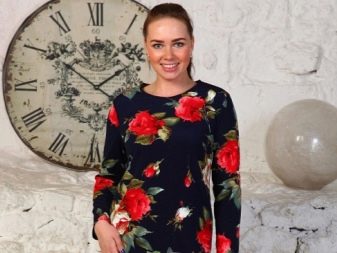Description of the fabric "ataman" and its use
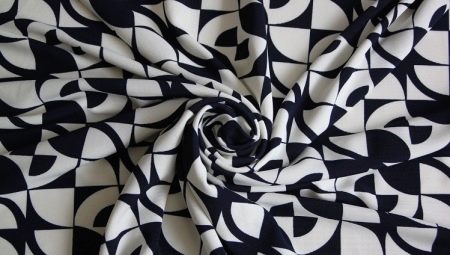
Currently, a wide variety of fabrics are used in sewing clothes. The material "ataman" is very popular. Today we will focus on its main features and properties.

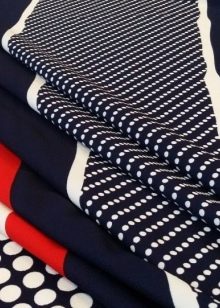
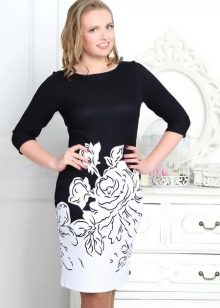
What it is?
The ataman fabric is a loose but dense knitted fabric. It turns out to be quite elastic. On its surface, you can see a large number of small scars, which add airiness to the tissue. This base has a soft, velvety texture.
The basis of the material is cotton (about 40-50% of the total composition). Other raw materials are also added to it, including viscose, polyester. Sometimes other synthetic components are included in the composition, but in small quantities. The use of artificial additives will reduce the cost of the finished product. Most often, they help to significantly increase the elasticity, strength and many other properties of the fabric.
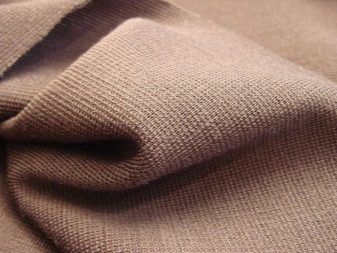
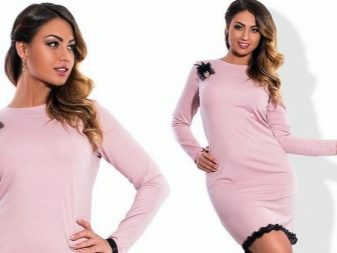
Viscose, which is part of "ataman", is made on the basis of cellulose. It has increased heat resistance, hygroscopicity, resistance to light. This component is very light, it will not create a feeling of heaviness.
At the same time, viscose practically does not accumulate static electricity. Canvases can also drape well, they have a beautiful appearance, and a slight sheen can be seen on their surface. Synthetic polyester in the composition of the "chieftain" has a high density. At the same time, it is lightweight; during operation, the fabric will practically not get dirty, it will not allow moisture to pass through. Polyester gives the material maximum elasticity, UV resistance.
In addition, it is considered to be very durable; the fabric will not require special maintenance. When combined with natural cotton, its hygroscopicity is significantly increased.
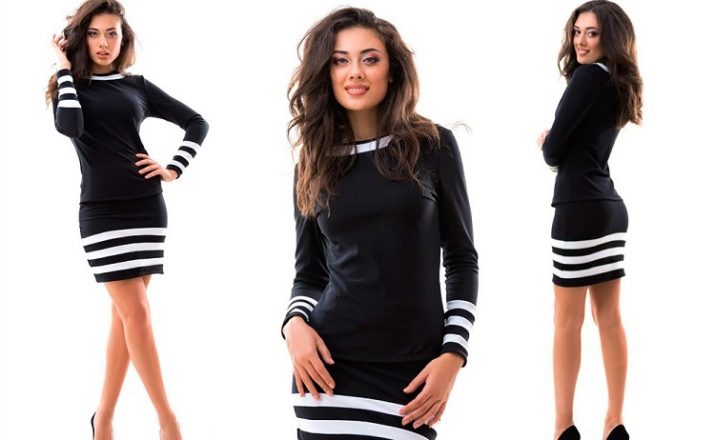
Ataman is also characterized by increased elasticity, wear resistance and long service life. This soft material easily returns to its original shape, keeps it even after many washes. This fabric is considered hypoallergenic and environmentally friendly. It will not cause irritation in contact with the skin. "Ataman" practically does not shrink. The material belongs to the products of the middle price category.
It should also be noted that products made from such fabric will be resistant to ultraviolet radiation and various detergents. Clothes made of this material will not hinder movement, they will perfectly fit the figure. The material is highly hygroscopic. It also has excellent thermal insulation properties.
In addition, the "chieftain" easily lets air through. Garments and other products made from this fabric are considered to be quite durable and practical. In this case, the canvases can still accumulate static electricity.
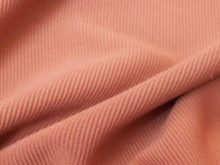
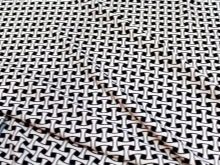

Features of production
This fabric is obtained by means of special weaving, which is characterized by a reinforced transverse thread. In this case, the raw material is dyed in advance using a variety of pigments. Pre-staining allows you to maintain the brightness of the material for as long as possible.

Applications
This fabric can be used to make various products. Most often it is used when sewing various items of clothing. this is:
-
dresses;
-
sundresses;
-
pants;
-
tracksuits;
-
school uniform;
-
tunics;
-
shirts;
-
blouses;
-
skirts;
-
home clothes.
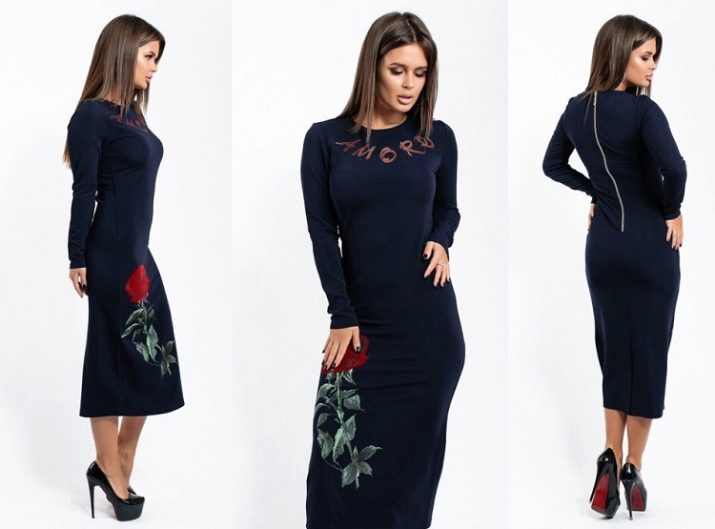
Most often, monochromatic products made from such fabric are decorated with stitched seams and other elements. The material can be perfect for sewing clothes for the office, as it has a strict and elegant appearance. Sometimes various interesting and bright outfits are created from it. They can be performed in a variety of colors. And also, if necessary, a variety of patterns can be applied to the material.
"Ataman" allows you to create garments with folds and tucks. Most often, products with an adjacent or semi-adjacent silhouette are made from such fabric. This fabric, due to its loose structure, will help to hide all figure flaws. It can also be used to make clothes for children. It is sometimes used for the production of various costumes and diapers for newborns.
And also "ataman" is often used in the production of various hosiery products. This fabric is suitable for making both light summer and warm winter clothing.
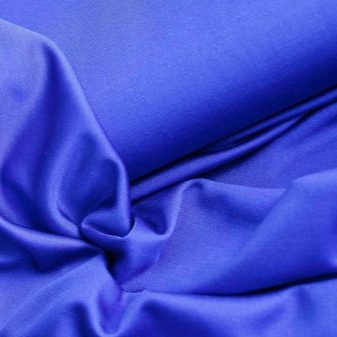
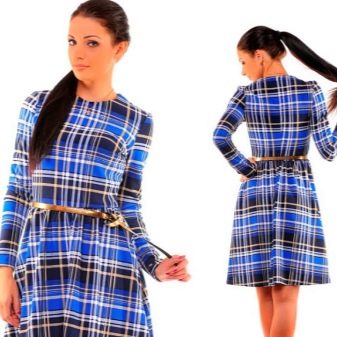
Care rules
The material contains synthetic elements, as well as cotton, so it can shrink strongly. To avoid this, the fabric should only be washed in cool water... In any case, each product must have a label on which it is indicated at what temperature the item can be washed. It is best to wash this material by hand. Instead of washing powder, you can use a little hair shampoo. Colored clothing should not be cleaned with bleach.
It is not recommended to wring out the products in the washing machine. It is best to hang them on a flat surface. They dry out pretty quickly. If you hang things neatly, then you do not need to iron them, they will quickly take their shape. If necessary, the material can be ironed with an iron, but you should not select too high a temperature (up to 150 degrees). Ironing is best done through cheesecloth. During the drying process, the clothes should not be exposed to direct sunlight. Otherwise, the products can quickly lose their softness.
Ataman clothes are susceptible to dust accumulation. You can use a special sticky roller to clean it.

Selection Tips
Before purchasing such fabric or products made from it, you need to pay attention to some things. Be sure to look at the exact description of the composition. If you suffer from frequent allergic reactions, then it is better to select products with a minimum amount of synthetic components. At present, “ataman” is produced, which contains 100% cotton, but it is quite rare.
If you need more durable and wear-resistant knitwear, then, on the contrary, preference should be given to materials that contain synthetic additives that improve the properties of natural fabric.
